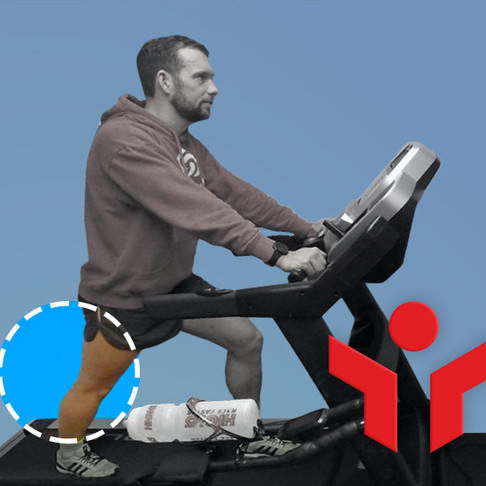Cramping - An Athlete's Hidden Enemy

It can happen to you in any discipline - you're hitting your pace and all of a sudden, it strikes. It might start small or jump out and grab you. Your foot twinges, your leg binds up and refuses to respond. You might need to stop completely or maybe you have to control your speed and watch your placing drop several ranks.
For some, it shows up more when exposed to the cold, which makes it a concern for cooler months. Maybe it's because your muscles have less blood flow or maybe it's because you just don't drink as much when it's cold compared to when it's warm.
Cramping is most commonly diagnosed due to being dehydrated, but there are many other contributing factors and according to the Mayo clinic*, in many cases, science doesn’t even know the cause.
As there is nothing scientifically proven as to why cramping occurs, here are my thoughts and tips to overcome the common problem with endurance athletes.
FATIGUE - when a muscle is worked hard it becomes fatigued, this fatigue can be reduced by training for the specific demands of the race.
WEAKNESS – trying new avenues of sport or getting back into it can engage muscles that haven’t been strengthened and can be stressed more than you might expect. This can lead to a cyclist having cramps when expanding into triathlon, with running and swimming, even though they are strong on the bike. Give yourself time to adjust.
HYDRATION & NUTRITION - muscles need fuel to function, keep on top of hydration with added electrolytes. Eating a balanced diet rich in all essential vitamins and minerals helps your body get the energy it needs to keep you from feeling too fatigued after hard training and racing. Calcium, magnesium and potassium are all to cramping. Keeping potassium intake high helps many athletes avoid cramping. Potassium-rich foods include bananas, citrus fruits, avocado, cantaloupe, tomatoes, raisins, pears, potatoes, papaya, lima beans and certain types of meat and fish.
SUPPLENESS - We have all experienced muscle tightness after a hard training session or race, for experienced athletes, this is a very common time to experience muscle cramps. Plenty of stretching and self massage can help prevent this.
One tip I learned from swim coach Tracie Gorst, was to apply heat lotion to the common cramp issue area's, this helps the muscles relax and aids the suppleness.
THE MOST COMMON areas for muscle cramps are the hamstring, calf muscles and in your feet. These can be eliminated by keeping on top of flexibility and mobility by using a foam roller, tennis ball and simple stretching as demonstrated above.
When most of us suffer cramping issue's during a swim training session, it is likely to get frustrated and cut the session short.
I find muscle cramps occur most in the feet, calf muscles and hamstring when in the pool, this is most likely due to the demand of blood being directed to the arms and upper body.
Instead of ending the session early, it will help massively if you spent a short time stretching the tight muscle area's and if cramp does persist during the session then you are better to climb out on pool side and stretch the cramp out, this will likely mean you are able to get back in and complete the training session and still take all the positive training adaptions.
*Mayo clinic reference: www.mayoclinic.org/diseases-conditions/muscle-cramp/symptoms-causes/syc-20350820










